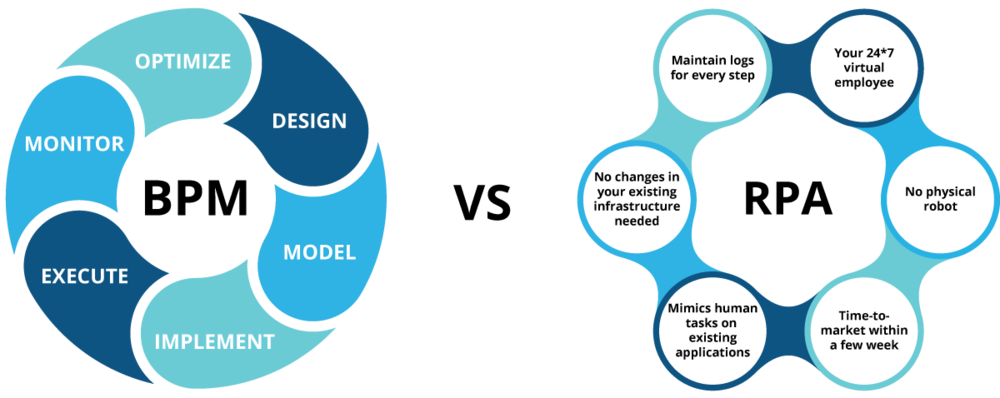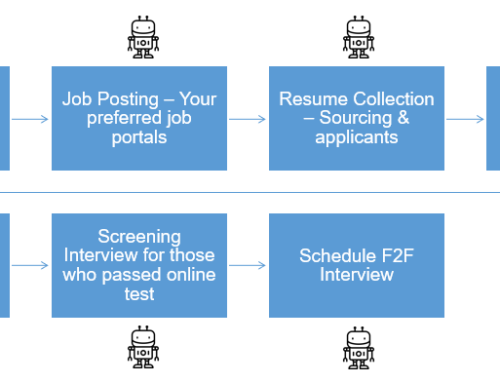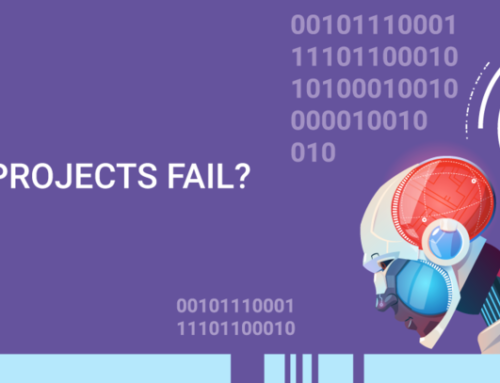
Today, Automation is the next big step in every possible industrial sector and there are tremendous advantages in its use cases. Ease of human efforts and boosting productivity are the core targets commonly set by all companies. And Robotic Process Automation is the quintessential solution to achieve those standards.
Business Process Automation by using workflow management, design and optimization tools – collectively known as Business Process Management systems, has been in existence for several years. Due to this background, people might get confused about what RPA and BPM are. It would be interesting to discuss how these technologies actually complement each other. RPA often shares a surface level approach when it comes to process automation. If you notice yourself or your team working on activities that require jumping from application to application, completing tasks that require little thinking, Robotic Process Automation (RPA) software can help. RPA is a quick yet effective automation tool to handle repetitive tasks and which require less deviation from the set rules of the process.
While automating a process is one challenge to deal with, we cannot ignore the root level management that controls these processes to reflect on the overall business growth. We often focus on getting the work done on the surface level and ignore the possible automation in the management level, which in turn wastes a lot of our quality time. RPA and BPM share a close relation though they pose a few obvious and contrasting differences often overlooked by people.
Business process management (BPM) is a discipline in operations management in which people use various methods to discover, model, analyze, measure, improve, optimize, and automate business processes. BPM focuses on improving corporate performance by managing business processes. Processes can be structured and repeatable or unstructured and variable. As an approach, BPM sees processes as important assets of an organization that must be understood, managed, and developed to announce and deliver value-added products and services to clients or customers.
RPA – USE CASE IN HEALTHCARE:
Robotic Process Automation can be applied to most of the processes within the Healthcare domain as well, ranging from the patient registration processes to the patient data migration, patient data processing, reporting for doctors, medical bill processing, insurance data automation and claim processing, triggering emails from medical billing systems, claim status and eligibility automation, and patient record storage. This list does not stop here, once the Robotic Process Automation software robots are applied to do these tasks – down the future lane, the processes that are closely related to these would also be required to be automated thereby saving a lot of time. One of the best examples is the time taken earlier to share the reports for any of the medical examinations an individual goes through. That has decreased
drastically by the latest processes being and if Robotic Process Automation is given a chance in this domain, then it can create miracles in the whole turnaround times.
BPM – USE CASE IN HEALTHCARE:
The National Eye Institute (NEI) is part of the US National Institutes of Health. The establishment of the NEI legitimized the field of vision research as a distinct and important component in advancing the health and welfare of the American public. It also provided the foundation for building the scientific infrastructure that has made significant contributions in the treatment and prevention of eye disease.
With multiple forms to be completed and information gathered for several hundred employees and patients, the task of compiling and documenting information was tedious and burdensome. NEI had to meet regulatory and legislative requirements while demonstrating fiscal responsibility to taxpayers every year. The NEI needed to develop a process with electronic forms, workflows, and approvals to enable them to stay on top of all ethics requirements and governance, risk and compliance issues. For them, better processes and enterprise document management was crucial.
NEI began building the Institute’s first healthcare BPM workflow in less than 30 minutes with its drag and drop feature. Their Microsoft SQL Server database was simply and easily connected, they now expect to use Process Director for other enterprise document management needs beyond their first priority of ethics reporting. Their entire document lifecycle and corresponding requirements are now easier to manage, more efficient, and far less complicated.
BPM PITFALLS:
Aside from the lack of evidence supporting the purported benefits of process management, there is evidence that process management can -in some cases- be harmful to businesses. This is because process management has a tendency to limit innovations. Innovations that occur through process management are usually only incremental. This means that radical innovation is unlikely to occur in a firm employing process management. Research by Brenner and Tushman suggests that firms employing process management will be less successful during periods of rapid change than firms that do not employ process management. Many times a BPM implementation fails because of lack of communication. BPM requires analysis, monitoring, and technological changes.
Changes affect both workers and customers. And if the workers are not brought on-board for BPM integration early, it can lead to failure. Which can then lead to loss of profits, time, and maybe the odd employee or two.
Whenever BPM is introduced, companies should rely on experts with decades of expertise in BPM software and methodologies. The experts should work with the company to understand pain points and offer appropriate solutions to streamline business decisions.
CONCLUSION
RPA and BPM are mostly interdependent in their natures, so choosing one for the other may not always lead to growth spurts. Though it is beneficial to automate laborious and huge repetitive tasks to increase the speed of a process, it is equally important to figure out the right strategies to keep those processes up and running efficiently.
ASK US QUESTIONS
Do you have any views or questions?
Categories
RPA, Human Evolution, Automation, Insourcing, Outsourcing, Reverse Outsourcing, Industrial Revolutions, Industrial Revolution, Jobs of Future, Skills of future



